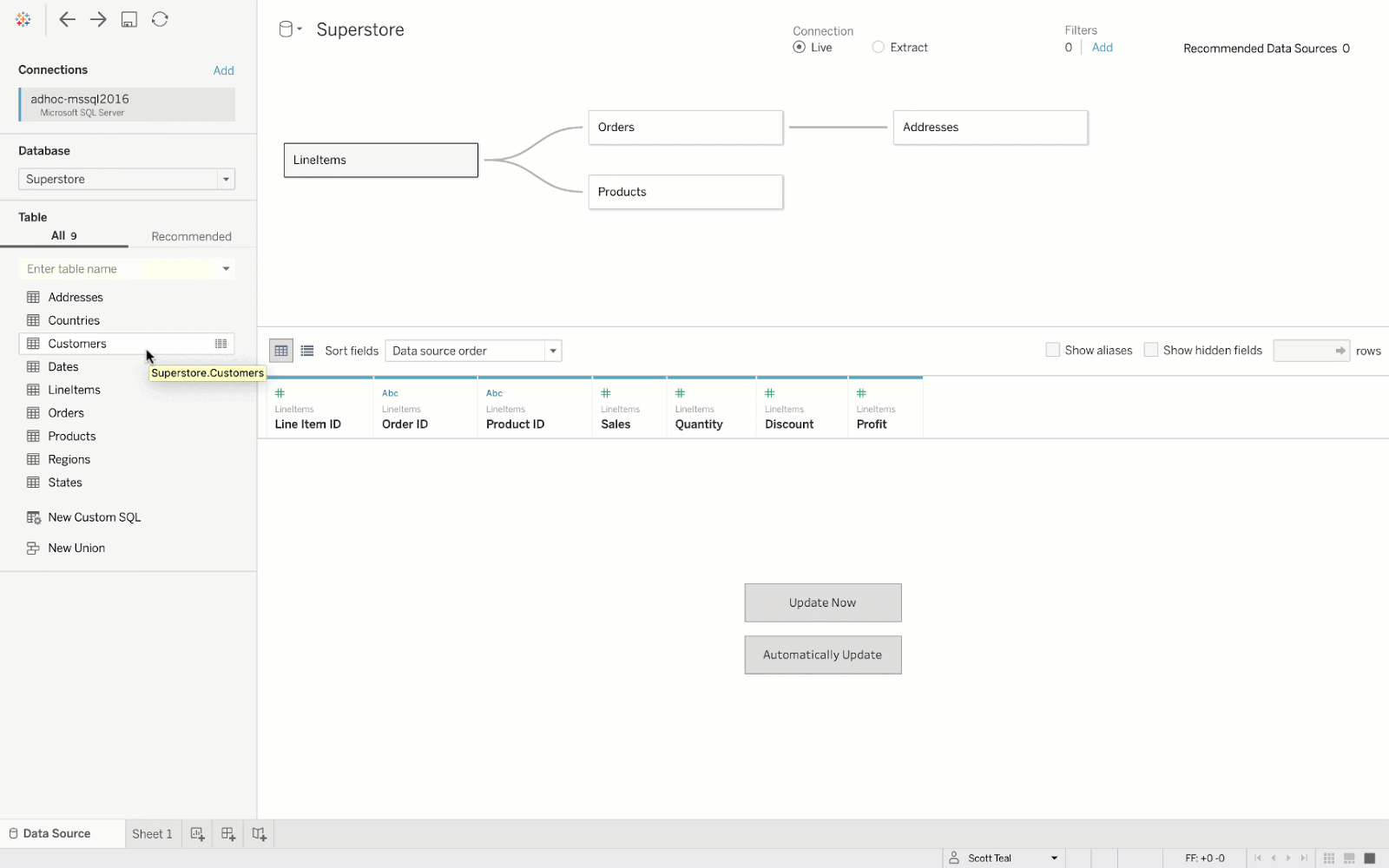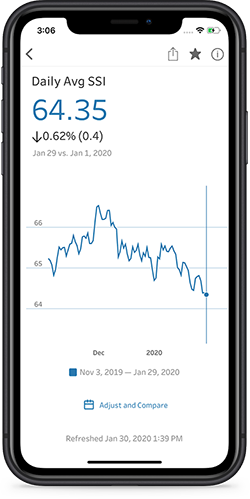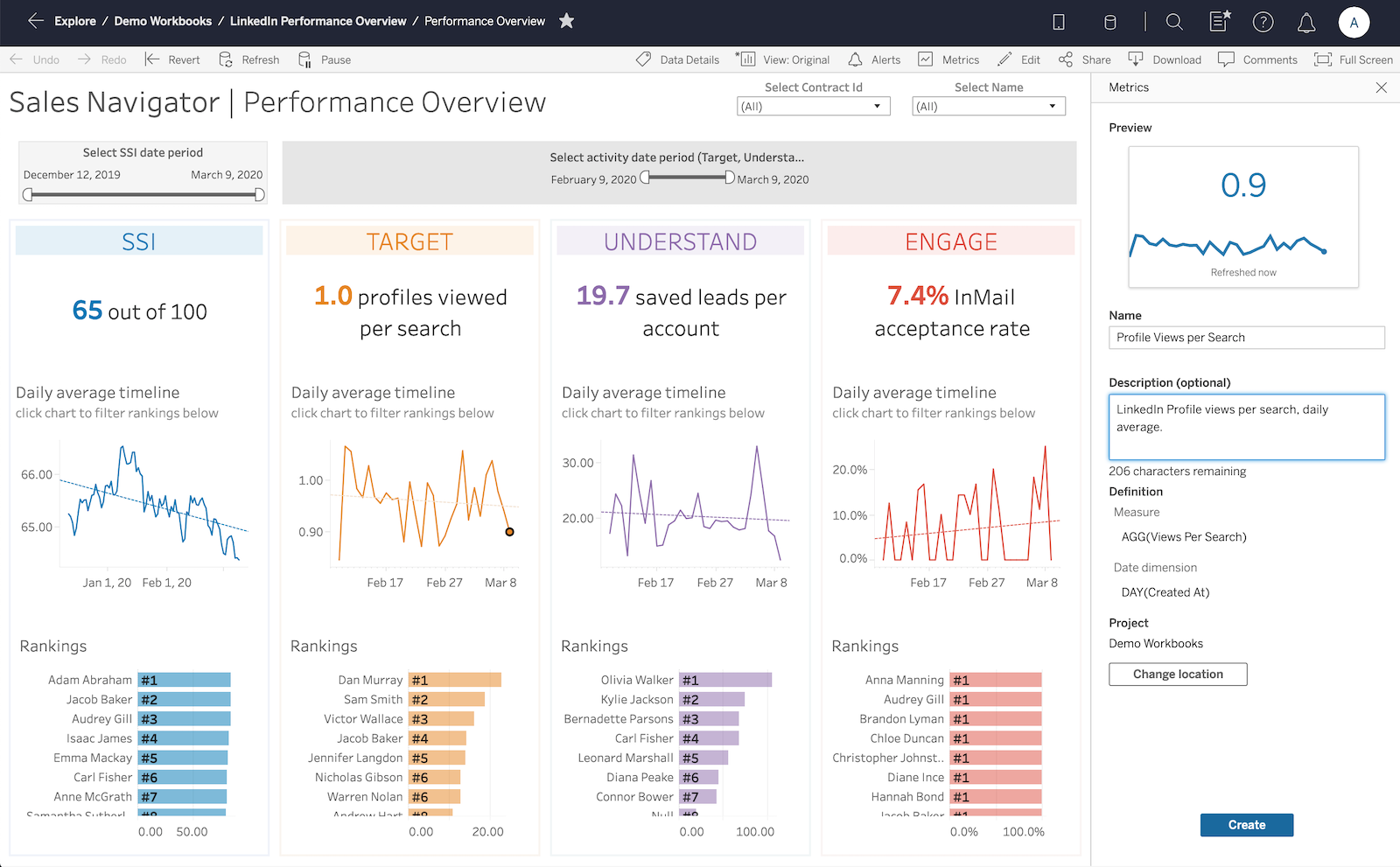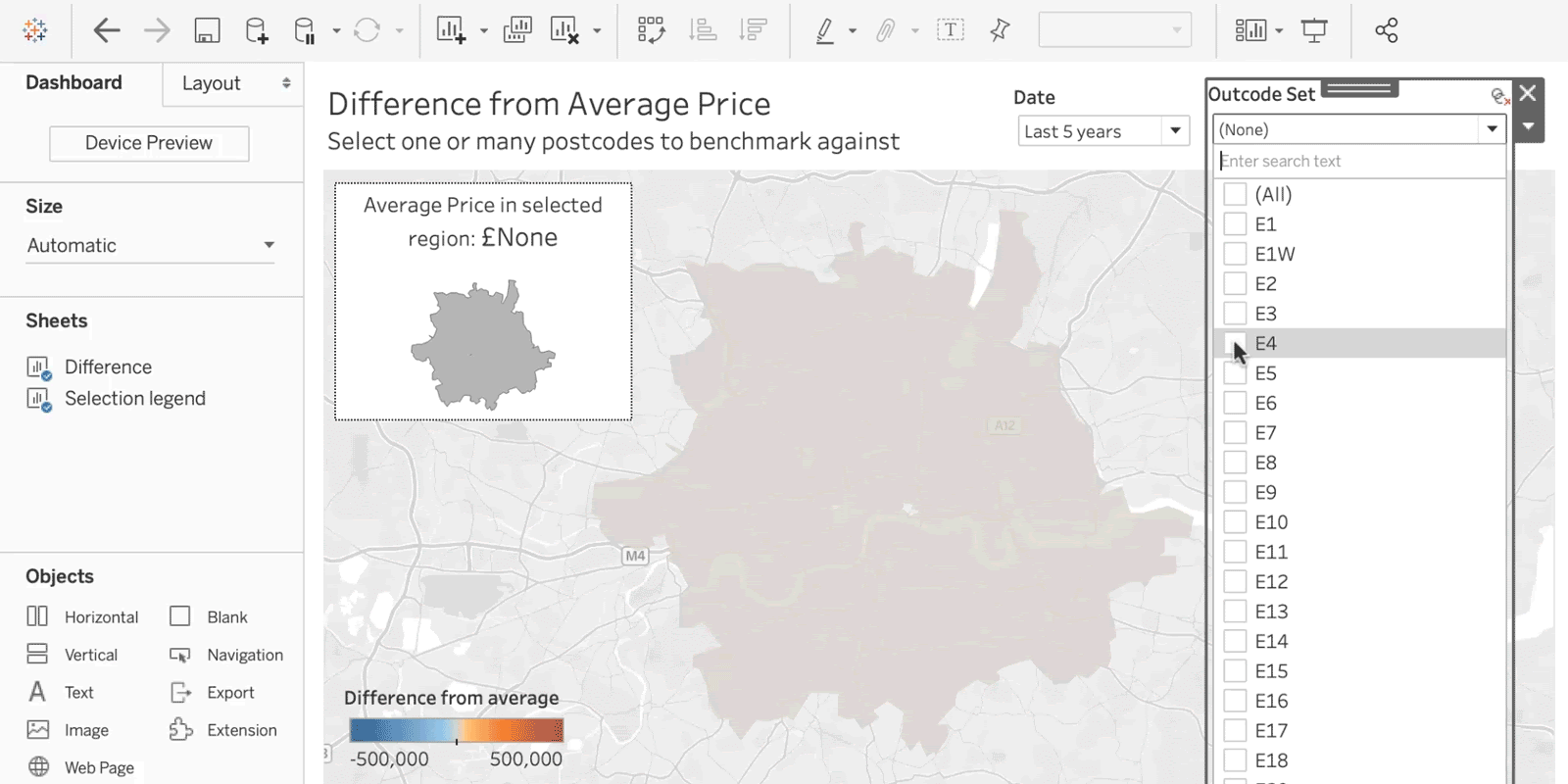Now in beta: Data modelling, metrics and powerful analytics improvements
The Tableau 2020.2 beta has arrived, which brings significant enhancements to help organisations through their analytics journey. Here’s a quick overview of the highlights:
- Relationships – New ways for you to easily define relationships between database tables in order to answer multi-dimensional questions, without having to learn advanced concepts or write custom SQL code.
- Metrics – A streamlined way to monitor key performance indicators (KPIs) for your business from anywhere.
- Powerful analytics improvements – The new set control allows you to dynamically change the members of a set, plus enjoy spatial data updates to enhance your geospatial analysis.
Let’s take a deeper look at some of the biggest features in this release.
Define relationships in your data to power complex analysis
We’re making it easier to define data relationships across tables, helping you more easily analyse complex data without having to learn advanced database concepts or write custom SQL code. When connecting to data, Tableau will automatically recognise table relationships stored in databases like Oracle and SQL Server, leveraging common data warehouse standards like star and snowflake schemas. Tableau will handle multiple levels of detail in a single data source, making it easy to slice and dice multi-dimensional data without writing specialised calculations to control aggregations like averages and totals. And since these enhanced data sources can answer a wider variety of questions, you will be able to consolidate the number of distinct data sources you create and maintain.

In this example, we’re connecting to multiple tables all related to sales data. When dragging in the Customers table, you can define the relationship by specifying cardinality and referential integrity between Customer ID in the Orders table and the Customers table. With these relationships, Tableau will bring in the data at the right level of detail during your analysis.
A curated and consistent view of your data, from anywhere
Metrics are a new content type that offers a simple way to monitor key performance indicators (KPIs) for your business. Metrics show an aggregate measure, such as sum of sales, and a date dimension, such as order date, in a consistent format, providing a headline view of your data. It’s just like checking your stock performance. Created from nearly any Tableau dashboard, Metrics give anyone a streamlined view of their KPIs across multiple dashboards in one location – viewed either on the web or on the go with the Tableau Mobile app.

Metrics help those who don’t typically perform heavy analysis, but use data to make decisions and need a quick way to see their important KPIs. You no longer have to switch between different views and adjust filters to see the most recent values – you have a data digest that’s always up to date and informative at a glance.
It’s easy to create a metric. Metrics are a content type that lives within projects, so users can move metrics between projects and favourite them. For analysts who often have to create custom views for different stakeholders, metrics enable them to better scale their work across the organisation, helping even more users get value from data.

Elevate your analysis with powerful analytics enhancements
Set control
We’re expanding Tableau’s range of analytical options to power your dashboards and how people interact with them. In 2020.2, you can now perform set analytics with the same ease and familiarity as using a quick filter to drive complex analysis. With the new set control, you can dynamically change the members of a set using a quick filter-like interface. Supporting both single and multiple selection, simply click to select or deselect items to control which values are in the set – behind the scenes, these selections act as inputs that are fed into calculations that drive the visualisation. End users now have a straightforward way to leverage the complex calculations that authors have already created to drive to their own insights. And since the domain refreshes automatically, the freshest data is always reflected in your dashboard.
Let’s take a look at an example. The viz below describes average housing prices in various outcodes (what we know as postal codes) in London. London is built in concentric circles, and houses are more expensive as you get closer to the centre of the city. The more expensive the outcode, the more orange the colour. Let’s select outcodes E4, E5, and E6 – located near the edges of London – to belong in our set membership. This means that we are averaging their prices together, and then comparing that to the average of the rest of the outcodes. This is why a lot of the outcodes suddenly look more red – they’re higher in average price compared to the outer edge areas we have selected to be in our set. And we could keep adjusting our set members to see how different groupings compare. This is just one example of how to use set control – imagine the analysis that’s now possible!

Spatial data updates
This release also brings significant updates to expand your geospatial analysis.
- Oracle spatial support: We’re expanding Tableau’s spatial database connections to make solving location-based questions easier than ever. You can now connect to tables in Oracle that contain spatial data, and instantly visualise that data in Tableau.
- Esri web data connector: You can now connect Tableau directly to your location data in Esri by simply entering an ArcGIS Server URL or GeoService API URL. Automated extract refreshes ensure that visualisations are always up to date, and enable you to spend less time sourcing data and more time in analysis.
Be part of the latest and greatest: Sign up for the pre-release programme
We’re working hard to get Tableau 2020.2 out the door, but we need your input first! We invite you to give us feedback so we can identify any issues and ensure the highest quality for these new features. Features included in beta and in the final version of Tableau 2020.2 may change over time as we complete beta testing.
Join the Tableau pre-release community to:
- Participate in alpha and beta programmes for early access to new features, versions and products.
- Engage directly with the Tableau development team through user research, product discussions and feedback activities around topics you care about.
Related stories
Subscribe to our blog
Get the latest Tableau updates in your inbox.








